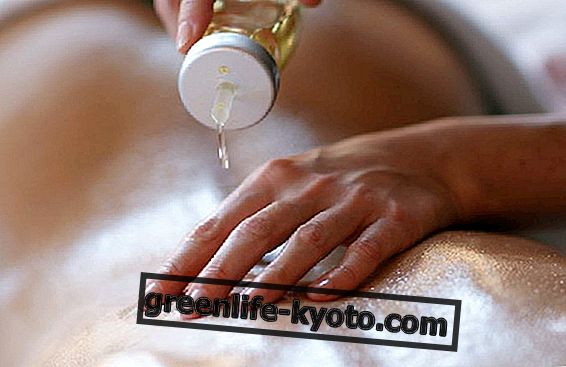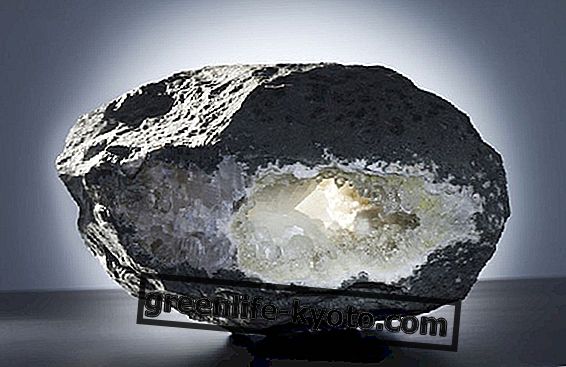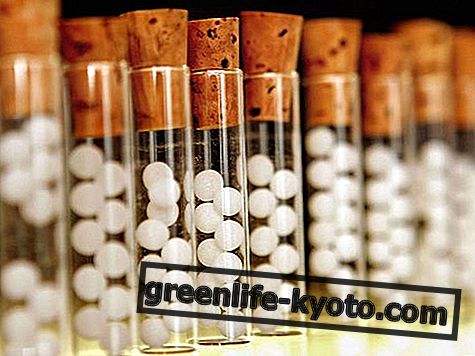
In Greek crené means spring . Crenotherapy is a treatment that involves taking thermal spring waters as a treatment method. The treatments that fall under the crenotherapeutic sector are different, some provide for internal actions, others involve the simple exposure of the body to a thermal procedure. All therapies that contemplate inhalation techniques belong to the first crenotherapeutic category. Let's find out more about some of these treatments.
Different faces of crenotherapy
Some of the therapies that are part of crenotherapy are:
- Inhalations
- Irrigations
- The insufflations
Crenotherapy: inhalations
Let's start with the first, the real inhalations . We are in the field of inhalation crenotherapy that uses equipment capable of spraying water into very small particles, so as to allow the active ingredients to act in a beneficial way on the upper and lower respiratory tract and treat disorders such as sinusitis, rhinitis, laryngitis, cold, tracheitis, tonsillitis.
In addition to the physical characteristics of the inhaled substances (water particle size, presence of gas, temperature and pressure level), the types of instruments used may vary, depending on the patient and the type of disturbance; there are single, collective, steam, compressed air equipment. Among the main forms of inhalation: hot-humid inhalations, nebulisations and humage and aerosol.
Crenotherapy: irrigation
By irrigation we mean irrigation treatments involving the washing of organs and mucous membranes through the application of mineral waters and thermal gases, introduced with levels of pressure and temperatures calculated so as to exploit the physical and mechanical action for the benefit of the zones to be purified .
There are vaginal irrigations, useful to counteract inflammatory processes and disorders that affect the woman's well-being; pharyngeal and nasopharyngeal irrigations (they treat allergic and vasomotor rhinopathies); intestinal irrigations (proctoclysis, rectal shower, microclism and enterocleaner). The various irrigation tools can be adjusted with regard to the temperature and intensity of the jet, which is usually quite low.
Crenotherapy: the insufflations
When the active ingredients of the atomized water particles are penetrated through special instruments at the level of the middle ear, we speak of insufflating therapy, or insufflations. They serve to counteract any tubal dysfunctions of the anatomical area that includes the Eustachian tube, the eardrum, the transmissive apparatus ; a very delicate area, which must be treated and protected from chronic otitis and deafness .
But how do insufflation work? Gas (hydrogen sulfide) is introduced into the middle ear at a pressure of 0.5-1 atmospheres by means of a catheter which the doctor introduces into the nasal fossa next to the tuba. With a single session the tympanic cavity receives adequate ventilation and a good drainage of the secretions is performed. In 12-15 sessions the elasticity of the membrane is restored, improving or significantly recovering the hearing.













